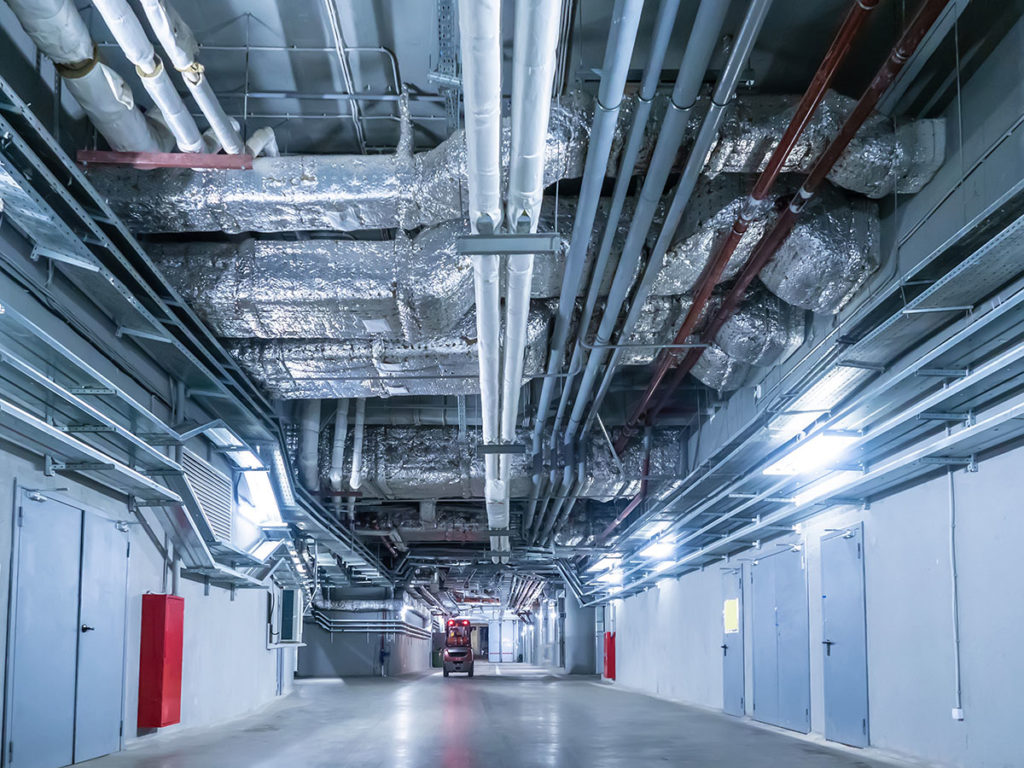Thermal Insulation & Duct Work (Cladding & Lagging)
Uses of Thermal Insulation & Duct Work (Cladding & Lagging)
Thermal insulation and duct work involving cladding and lagging are essential for improving energy efficiency, protecting systems, and maintaining safe operations. Below are their primary uses:
Reduces Energy Loss
Thermal insulation minimizes heat transfer, improving energy efficiency in systems like HVAC, boilers, and industrial pipes, and reducing operational costs.Enhances Temperature Control
Insulation and duct cladding maintain desired temperatures for hot or cold systems, ensuring consistent performance and product integrity.Prevents Condensation and Corrosion
Proper lagging prevents moisture buildup on surfaces, protecting equipment from rust and structural degradation.Improves Safety
By reducing surface temperatures of hot equipment, insulation and lagging minimize burn risks to personnel and enhance workplace safety.Noise Reduction
Cladding and lagging can dampen vibrations and sound transmission in ductwork, improving acoustic comfort in industrial and commercial settings.Compliance with Standards
Proper installation ensures adherence to safety and energy regulations in industries such as manufacturing, energy, and construction.Increases Equipment Lifespan
Insulation reduces thermal stress and wear on equipment, extending its service life and minimizing maintenance costs.Environmental Benefits
Energy-efficient insulation systems contribute to lower carbon emissions by reducing energy consumption.
Thermal insulation and duct work solutions are crucial for optimizing performance, improving safety, and achieving cost-effective operations in various industrial, commercial, and residential applications.

